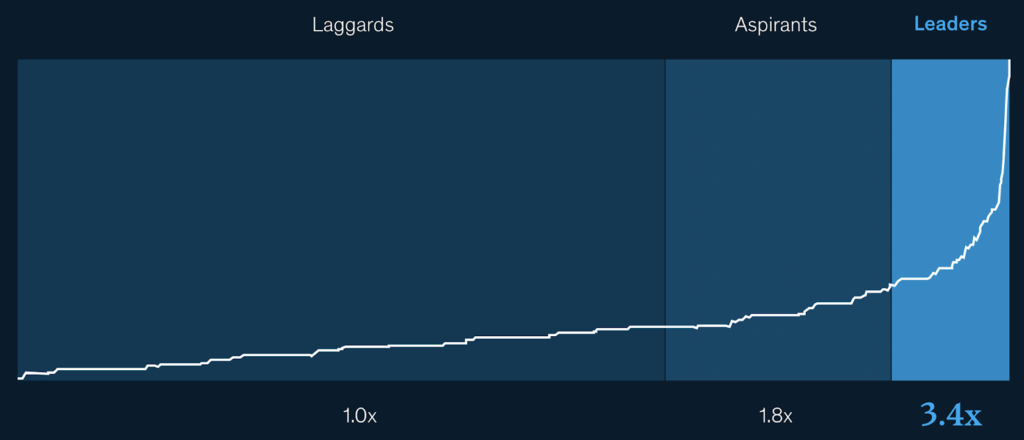If you’ve read the title and have in fact called your data expert or your doctor about prescriptive analytics, I commend you for taking action so quickly. But let’s hang up the phone. There’s a lot to learn about the different types of analytics and where your business might fit on the scale.
Most businesses fall under the first two categories of analytics. Don’t open a new tab and start Googling this yet! By the end of this article, you’ll have enough insight on what prescriptive analytics is, what the use cases are, and what it takes to get there.
The most basic and common of the three, descriptive, utilizes historical data up to the current day to show trends over time. What were my year-over-year sales for the past decade? What are our top five agents doing so well to close service cases compared to the bottom five? Is this the best blog post Atrium’s published? Simply, descriptive analytics shows how your business is doing up to this point in time.
Predictive analytics is exactly how it sounds. Take descriptive analytics — the trends and historical data and apply some fancy if-then logic (otherwise known as predictive modeling). This is the first step toward truly elevating your business analytics and allowing you to act based on your data.
A typical use case here may involve sales forecasting and likelihood to close. For example, based on the past three years of sales data, we can predict this upcoming quarter’s sales cycle to dip a bit. Boo! But, these are events that could happen in time, and certainly can provide you a heads up, good or bad.
When does prescriptive analytics come in?
So what should we do? Enter the next level of analytics. If you’re looking at the data, charts, and dashboards, and asking yourself “okay sure, but what can we do now to make a change here? What’s best for us?”, then you may be ready for the next level.
Prescriptive analytics is the last branch of the Business Analytics tree. Based on the data, the predictive analytics, business rules and algorithms, suggested actions are provided instantly to optimize the outcomes. If you work in the healthcare industry, understanding how to optimize patient scheduling within hospitals would greatly improve employee and patient experience. If you’re in the banking or financial services industry, understanding consumer payment behavior and providing suggestions to best handle anticipated payment delays will ultimately reduce cost and improve CSAT.
How prescriptive analytics boosts ROI
“Okay, I get what the three levels are, but how do those upper levels of analytics actually help my company?” Great question, my newly informed friend. Aside from improving actionable insights, there are significant advantages when it comes to revenue generation. Perhaps a visual from a McKinsey paper will help:
I’m not sure if your eyes end up on the right side of this chart like mine do, but what you’re seeing is a breakdown of operating income gains between Artificial Intelligence (AI) Leaders, Aspirants, and Laggards. AI Leaders are getting 3.4x the return on investment (ROI) in AI technologies today, and that number is unlikely to shrink going forward.
We’re only just scratching the surface. Much like my doctor analogy many paragraphs ago, prescriptive analytics provides the actions you should take to feel better about your business — just like a prescription, but with fewer side effects and no need to call your doctor.
Think you’re ready for next-level analytics? We’ll get you where you need to be. Explore Atrium’s services and get in touch with us!









